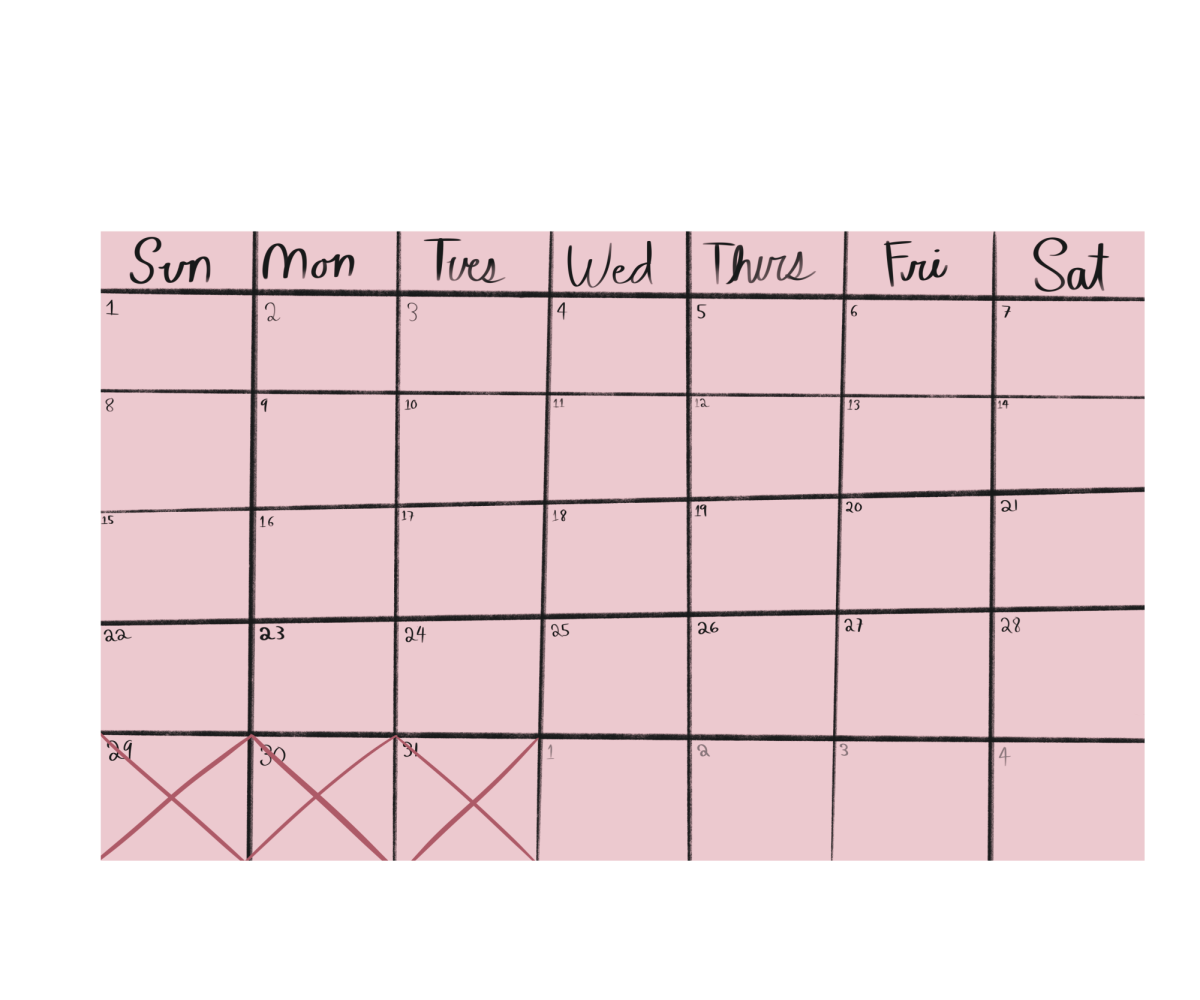Texas’ new ‘Bluebonnet Learning’ teaches religion as a part of its curriculum. From the Sermon on the Mount to the Last Supper, this reminded many LASA students of their own AP English 3 curriculum, which contains the Bible as a four-week-long discussion piece. According to the syllabus, the religious text is taught as a part of a wider focus on helping students focus on how American identity and the American dream changed over time. Although these insights provided by the Bible can be somewhat useful, the Bible and other religious texts should not be taught as a part of high school English curriculums.
Setting aside the religious nature of the Bible as a text, the intricacies of the book itself make it unsuitable to be taught. The Bible fundamentally uses antiquated language, with grammar and vocabulary that make reading the King James Version, recommended by the English department, a challenge. This, along with the sheer thousand-page length of it, means that most of it is skipped over, defeating part of the purpose of reading the Bible in the first place because it allows only a shallow dive instead of the complex meanings it is meant to provide. For example, countless scholars spend their careers dedicating themselves to understanding and interpreting the complexities of the Bible. The four weeks of reading dedicated to the Bible in class is not long enough to understand this religious text. Instead, the Bible should be taught as part of university-level religion classes, where more time can be spent unpacking the various ideas, which would allow students to actually reap better understanding of the various impacts of it on Western ideologies.
Surpassing LASA, in Texas’s new curriculum, the breadth and depth of the Bible are also skimmed over. There are many complex interpretations of the Bible, and this specifically becomes an issue in the New Testament, where there are many different interpretations of important events like the Sermon on the Mount. Each interpretation needs to be examined more properly to help students place the Bible in relation to its importance in Western literature, but currently, we are unable to stop and analyze in depth the specific choices made in how the story is told. As a consequence, providing only a survey level of depth to the Bible decreases the quality of the actual English lessons.
The missing complexity in the curriculum means there is a lack of tact when it comes to the Bible’s religious nature. Fundamentally, school and church should be entirely separate as the idea of church and state separation is one of the fundamental values of the United States, an idea intentionally outlined by the Founding Fathers during a time with a highly religious environment. Respecting the ideals of our government’s structure, America’s government and schools must remain secular to uphold the founding ideals, and the improperly outlined curriculum involving the Bible blurs the lines of secularism for students.
The Bible, regardless of its religious nature, is not the best book or most effective methodology to convey the lessons educators and lawmakers are seeking, such as kindness, sharing, and even when it comes to teaching the importance of it on American history. Rather, to achieve these purposes, there are an abundance of American texts, all of which contain these valuable messages.
A great example of this is books highlighted in AP U.S. History, which provides a smoother and more directly understandable message and understanding about their contribution to American history. Take for example “The Jungle” by Upton Sinclair, a text that not only furthers students’ understanding of the Gilded Age but also contains timeless messages about immigration and poverty in America that are applicable and easily connected to students’ day-to-day life. To name even a few more: ”The Catcher and the Rye” by J. D. Salinger; “Fahrenheit 451” by Ray Bradbury, a personal favorite of mine; or Joseph Heller’s “Catch 22”. All of these texts are from the Library of Congress’s collection of ‘books that shaped America’ from 1950 to 2000 and are great material for those learning more about American classics in a high school curriculum.
Although the Bible has important messages, a high school setting isn’t the proper place to unpack the complexities behind it. The lack of time to properly explore this long work allows for a lack of consideration of its religious nature, which both minimizes ideas of keeping religion out of school and the understanding actually provided by the Bible. For these reasons, the Bible should not be part of LASA’s curriculum or Texas’s curriculum at large. Rather, we should instead use the little time we have in AP English 3 on other, truly American texts, that have shaped our history, that give students the education and understanding of history the Bible attempts to, but falls short on.






